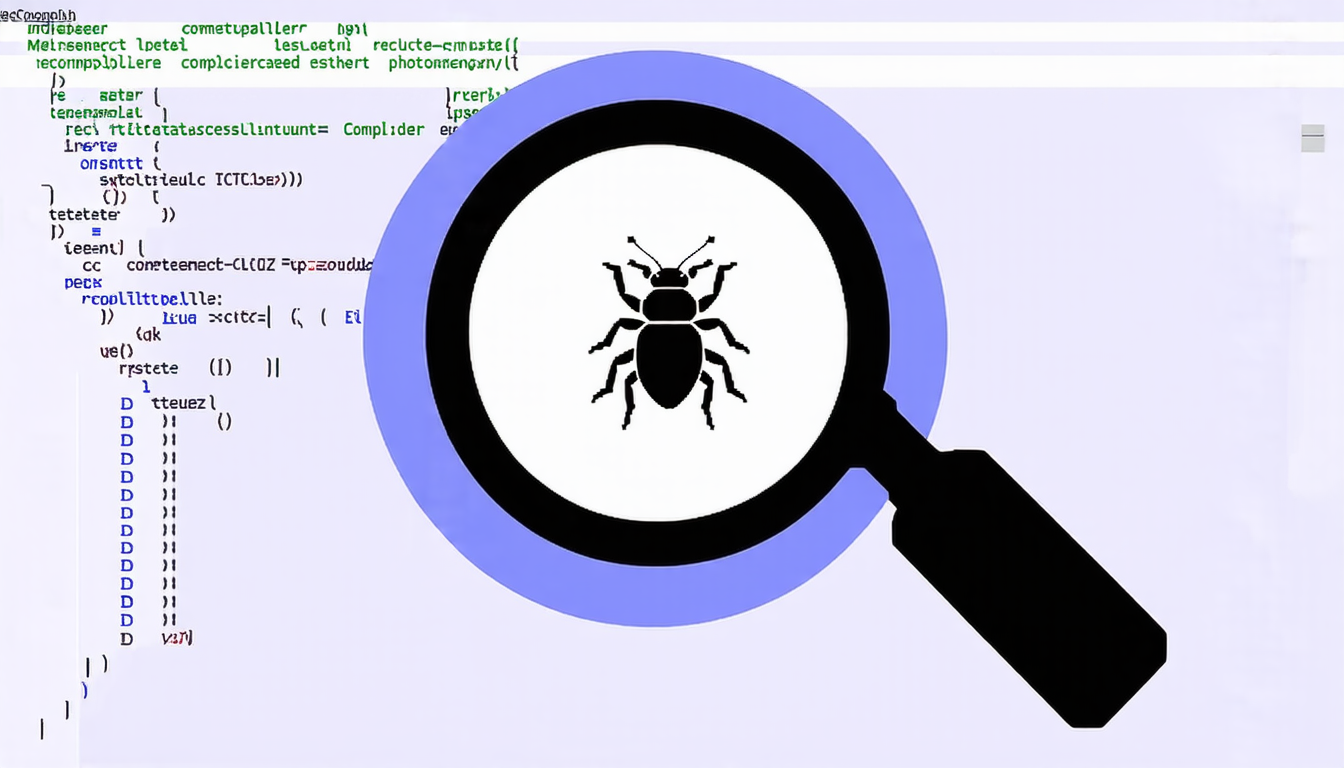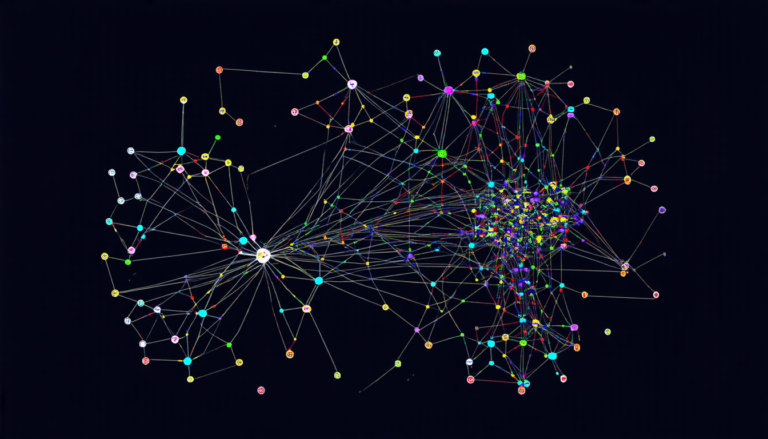Friday 01 August 2025
The quest for compiler correctness has long been a thorn in the side of software developers. Random testing has proven effective in uncovering bugs, but the process of identifying and fixing them can be arduous and time-consuming. A new approach may hold the key to streamlining this process: leveraging bisection, a technique typically reserved for debugging, as a criterion for deduplicating compiler bugs.
In traditional bug deduplication methods, program analysis is used to extract features from test programs that expose identical compiler bugs. However, these methods can be computationally intensive and limited in their generalizability. The researchers behind this new approach took a different tack, using bisection – a standard debugging procedure – as a means of identifying duplicate bugs.
Bisection involves systematically narrowing down the range of possible commit hashes that introduce a bug until only one remains. By applying this technique to test programs that expose identical compiler bugs, the researchers were able to identify a valuable criterion for deduplication: the failure- inducing commits that trigger these bugs.
The resulting method, dubbed BugLens, uses bisection as its primary mechanism for identifying duplicate bugs, supplemented by the identification of bug-triggering optimizations. This approach has been empirically evaluated on four real-world datasets, with impressive results: it significantly outperformed state-of-the-art analysis-based methodologies in terms of human effort required to identify distinct bugs.
The implications of this research are far-reaching. By streamlining the process of identifying and fixing compiler bugs, developers can devote more time and resources to building robust software systems rather than wrestling with debugging. Moreover, the simplicity and generalizability of BugLens make it a practical solution for real-world applications.
One potential limitation of this approach is its reliance on existing bisection techniques, which may not be well-suited for all compiler bugs or testing scenarios. However, the researchers suggest that further development of bisection-based methods could help address these limitations and expand their applicability.
As software developers continue to grapple with the complexities of compiler correctness, innovative approaches like BugLens offer a beacon of hope. By leveraging the power of bisection for bug deduplication, we may be one step closer to creating more reliable and maintainable software systems.
Cite this article: “Streamlining Compiler Correctness with Bisection-Based Bug Deduplication”, The Science Archive, 2025.
Compiler Correctness, Bug Deduplication, Bisection, Debugging, Testing, Software Development, Reliability, Maintainability, Buglens, Compiler Bugs







